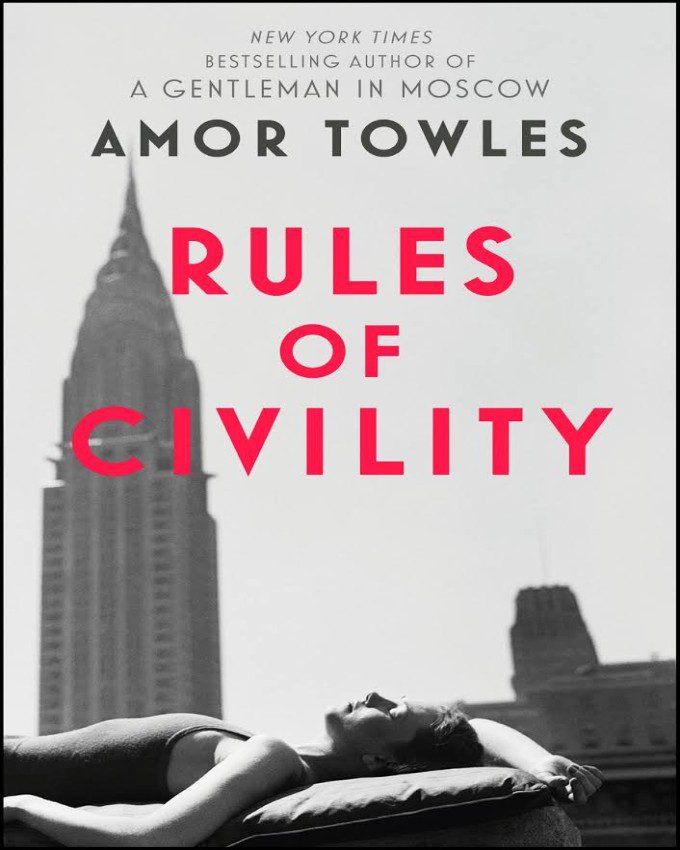
Here are some of Washington’s Rules of Civility, which he copied before his sixteenth birthday, but followed all of his life. Washington has appeared on paper money, coins, and stamps, including this 1847 issue. Washington spent the better part of his life in opposition to an aristocracy, determined to ensure that all are represented fairly and equally, and his Rules of Civility, despite being originally for the King’s Court, are a means of treating all persons the same. The French word for a Knight is chevalier, from whence comes the English word chivalry, which refers to the ideals present in a knight such as honor, integrity, and fairness to all. They refer to courtesy, which originally meant proper behavior before the court. The Rules were originally written to describe proper behavior in what was then the peak of society in France, the aristocracy. When comparing the Rules to the facts of Washington’s life it is clear that he took some, if not all, of the Rules seriously. Some of them seem trivial, some common sense (which as Voltaire famously noted is not so common), and some impossibly dated if taken literally.

They were translated by Francis Hawkins and were originally entitled Youths Behavior, or Decency in Behavior Amongst Men. Based on Jesuit training, the rules were translated from French to English around 1640. As a youth, presumably as an exercise in penmanship, George Washington wrote out 110 Rules of Civility in a copybook.


 0 kommentar(er)
0 kommentar(er)
